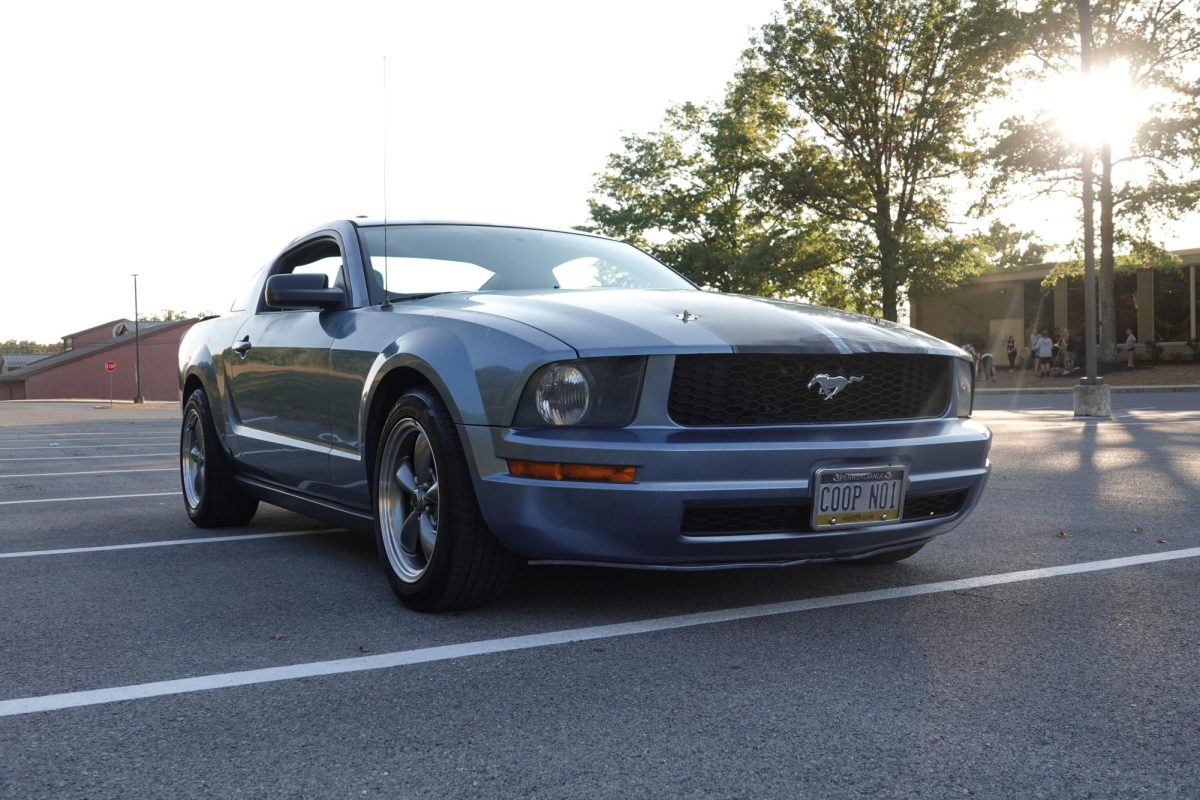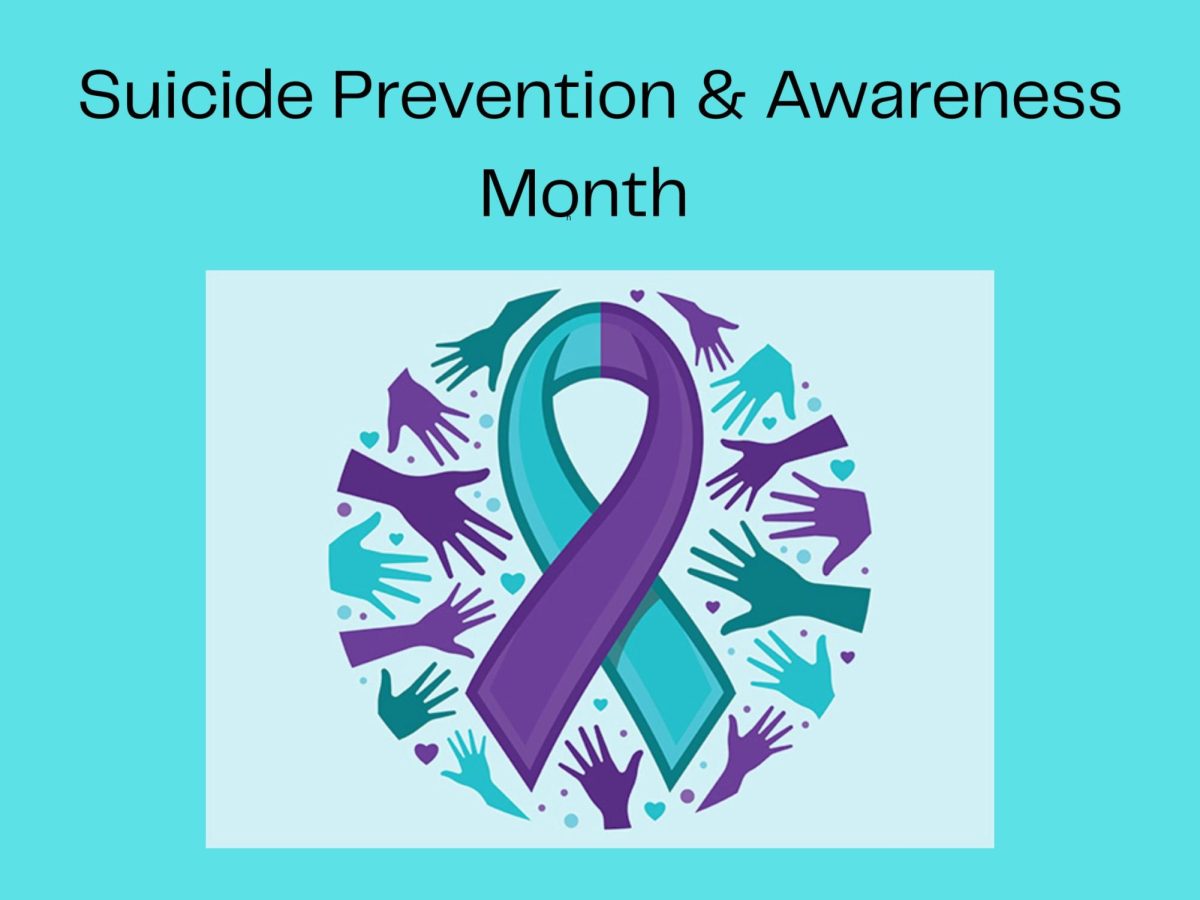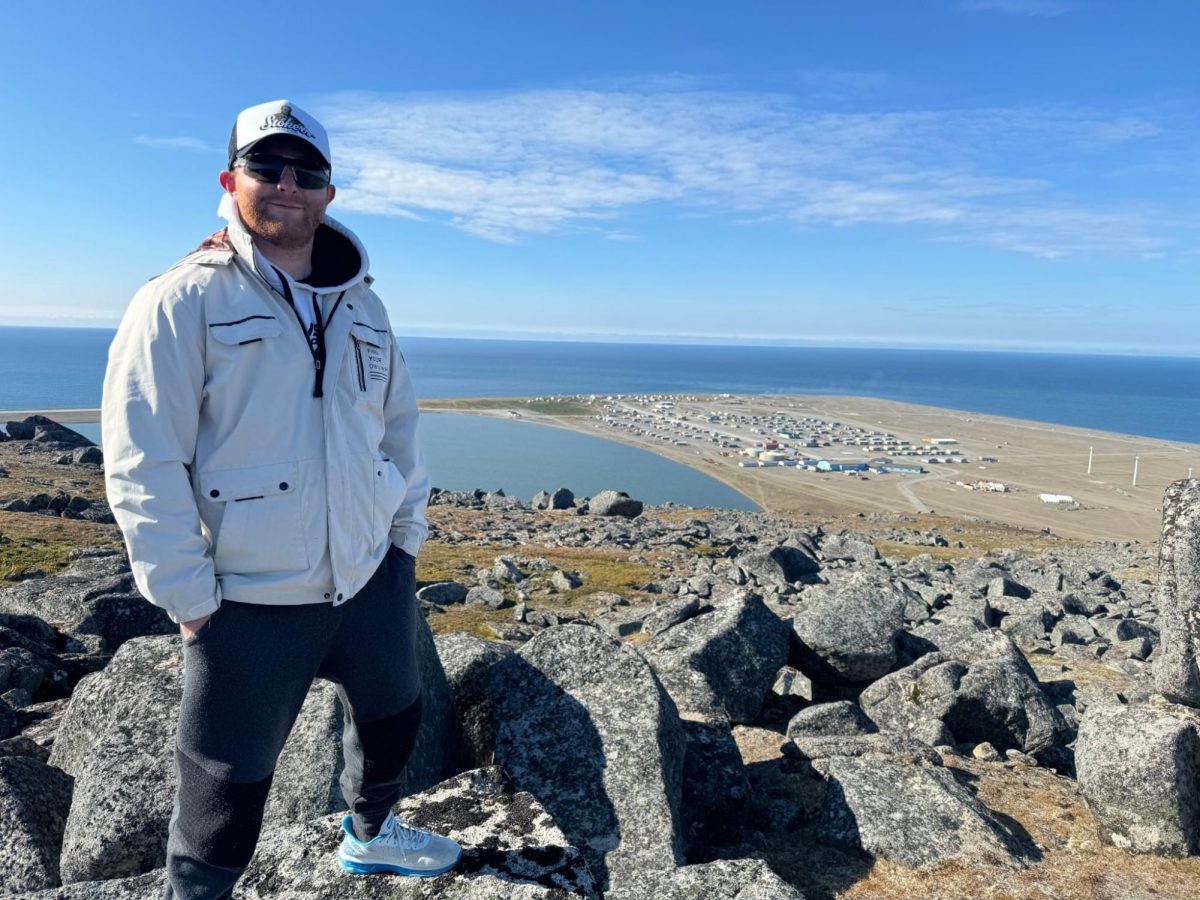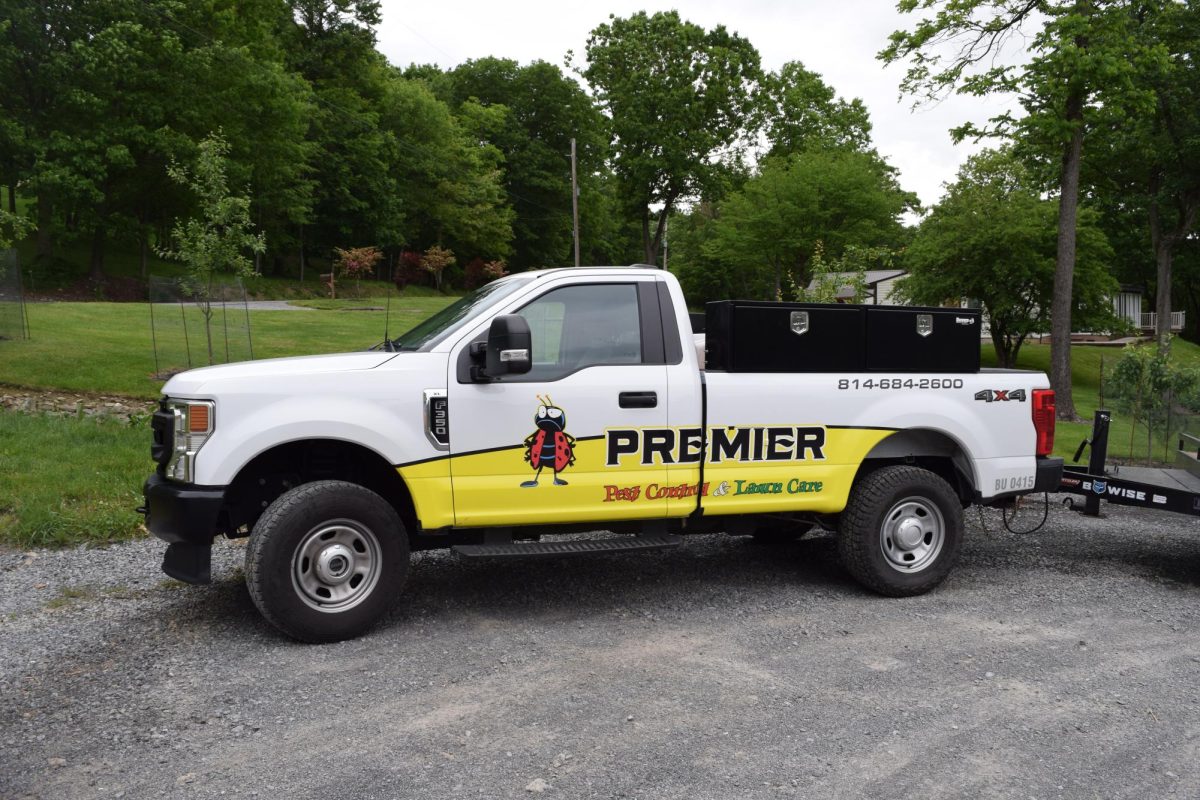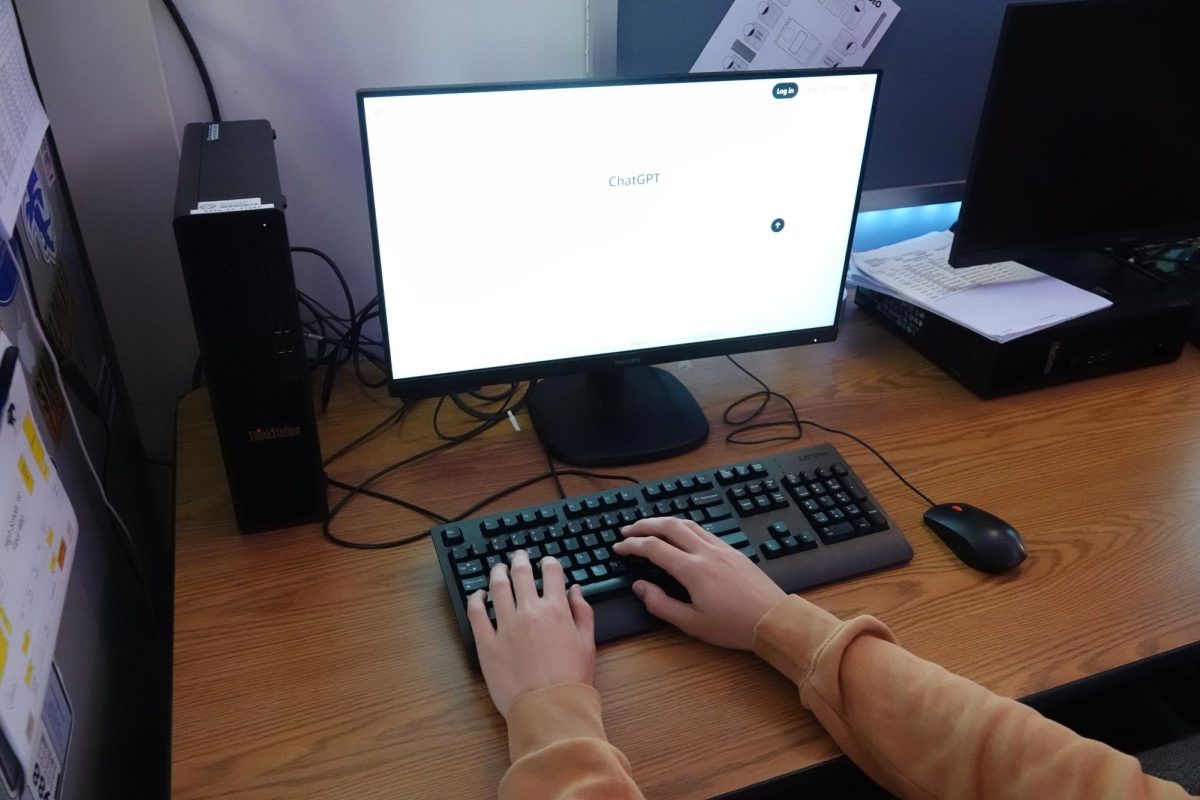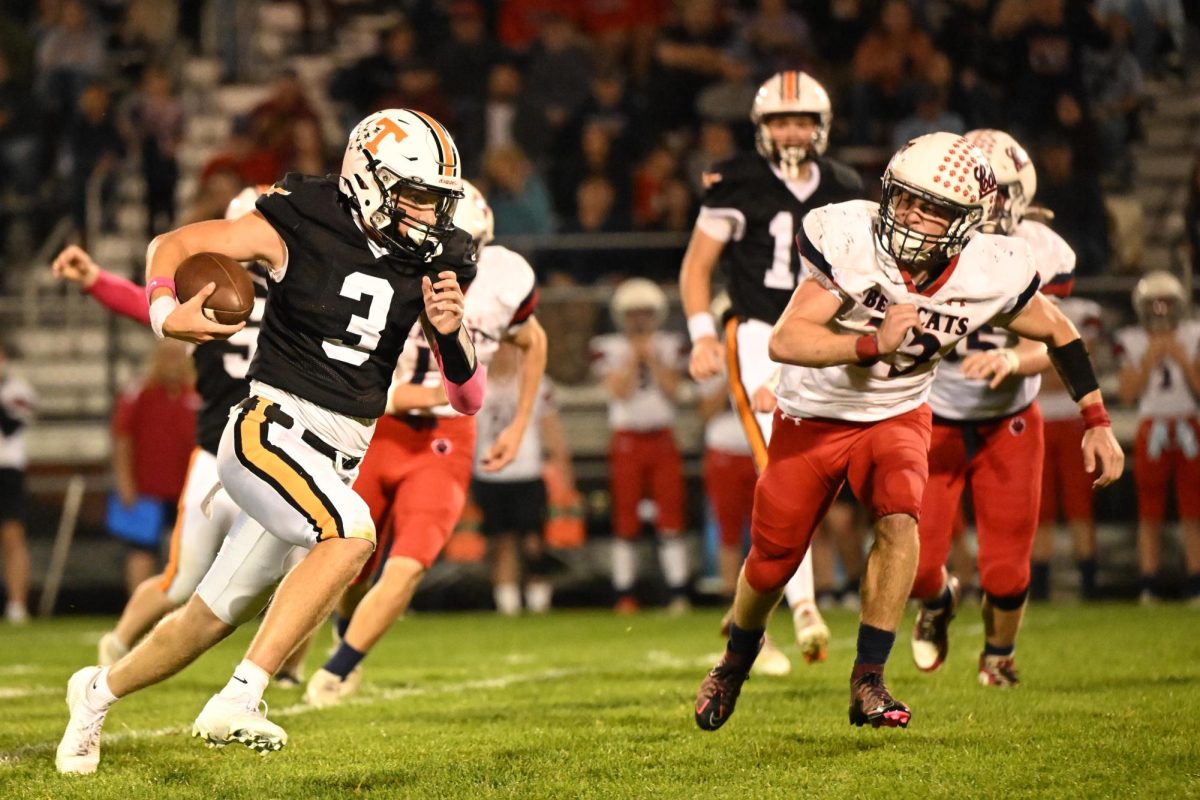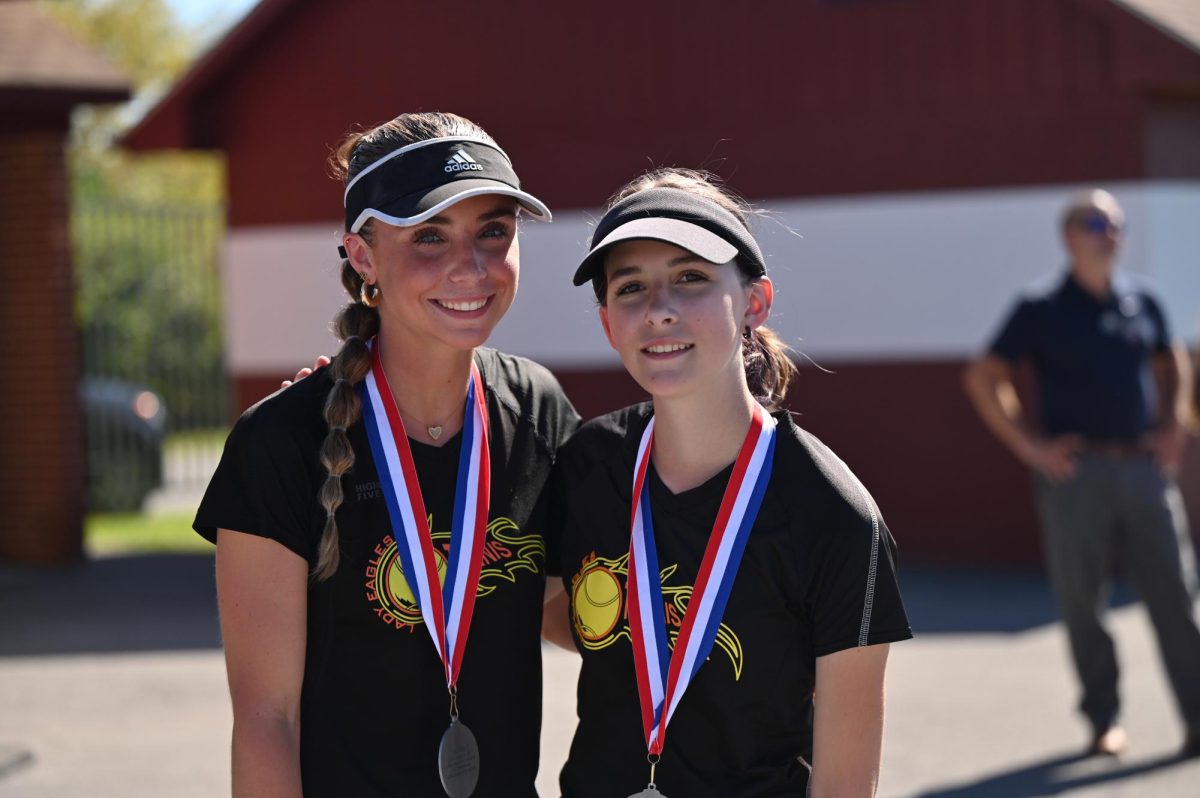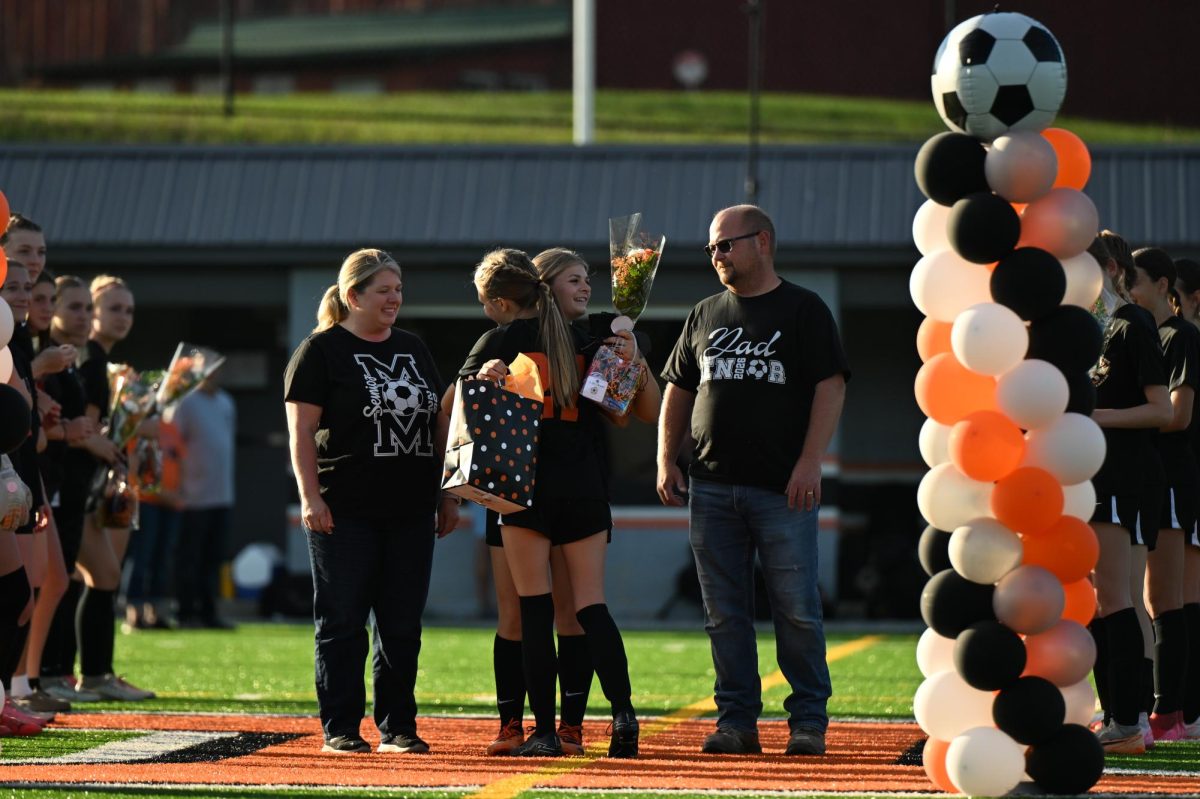High school sports bring unforgettable moments like broken records, personal bests, and thrilling wins. But behind the victories, many athletes face another reality: injuries that can sideline them for weeks, entire seasons, or even careers.
I have been struggling with a sports injury myself for the past four years. In eighth grade, I was performing a challenging stunt for the cheer team. When I lifted my flyer, I felt something in my back pop, followed by an excruciating shooting pain, and I nearly dropped my flyer as I fell to the floor.
I went to the doctor’s and they prescribed muscle relaxers and pain medications. I was out for about two weeks before I was able to go back to cheering. As I kept basing stunts and doing more challenging performances, my back slowly got worse throughout junior high and varsity. It is now my senior year, and doctors still have no solid diagnosis.
Unfortunately, this experience is all too common. Many other students at Tyrone Area High School have also been dealing with their own sports injuries. Some are as minor as a sprained ankle, while others are serious, career-ending injuries like torn muscles and ligaments.
In a survey of 12 Tyrone student-athletes who suffered sports-related injuries, eight were seniors, one was a junior, and three were freshmen. One-third of them reported that their injuries occurred during their freshman year, another third during their junior year. A striking 83% said their injuries affected the legs or feet.
According to the survey, most student-athletes suffered their injuries in their freshman or junior years, with each being one-third of the total responses.
A staggering 83.3% of respondents said that their injuries were located in the leg and foot regions. Some of those lower-leg injuries include a dislocated ankle, the upper right calf, the knees, a PCL tear, a sprained ankle, many torn ACLs, the tendon in the right knee, and a meniscus tear.
“In eighth grade, my knees would start hurting after soccer to the point where I couldn’t even kick a ball a foot in front of me,” said Tyrone senior Jaysa Carns. “I went to the doctor and they said it was patellar tendinitis.”
Patellar tendonitis is the inflammation of the tendon in the kneecap.
“[It] got better freshman and sophomore year, but towards the middle of junior season, they started hurting again. It hurts to the point where I can barely walk. […] It definitely affects my ability to play at my full potential sometimes, but after a few days they feel better,” Carns said.
A senior who would like to stay anonymous was injured during their senior year. Their specific injury was a buttocks tear.
“Playing basketball and viciously backing down Rowan Moore and his hip bone stabbed my butt, leading to excruciating pain,” the student said. When they were checked out by their doctor, they were diagnosed with a buttocks tear.
An anonymous freshman had a tendon strain in their knee when playing basketball in eighth grade.
“I was slammed to the ground by a girl on the other team,” they noted.
“Since there were two people that had landed on my leg, it made my knee contort into an unnatural position, making my tendon severely strained,” the athlete said.
For the tendon to perform its normal function again, they had to go to physical therapy for four months.
Two very well-known senior student athletes, Owen Oakes and John Stanton, lost an entire season of their high school sports careers to injuries.
Stanton tore his ACL and meniscus in the summer before his junior year.
“I was playing basketball and jumped up to block a shot, and when I landed, I completely tore my ACL and tore my meniscus in two spots,” Stanton said.
He went into surgery on June 6th and was in rehab for six months before getting cleared. He then reinjured his knee eight months later, leading to a second surgery on May 20th. He was cleared two months after surgery and was able to go back to being an athlete.
“My knee injury was a dark spot in my life. It limited me from playing the sport that I love and even simple things like hanging out with my friends. To this day, my knee injury still bothers me, and after practice every day, I have to ice my knee or I will feel the repercussions the next day,” Stanton said.
Senior Owen Oakes has had to come back from two major injuries: a broken wrist in his freshman year and a dislocated ankle in his junior year.
“I had to miss most of basketball my freshman year and most of my junior year of football,” Oakes said.
A testimony with a great lesson learned comes from a senior who wishes to stay anonymous. In their sophomore year, they suffered a leg injury.
“It was during my 10th-grade cross country season, and I really wanted to get faster, but instead of having a plan, I just trained as hard as I could during practice, and outside of practice,” they said.
“I believed the harder I train, the faster I could get faster. Since I didn’t have any easy days, I ended up pulling my calf from overtraining and could not run for around 1-2 weeks.This has now taught me to still train hard but do it smartly, and that recovery is just as important as the [actual] training.”
Every athlete has different pain tolerances and different experiences. When it comes to injuries, it makes people realize how important sports are to them and how much they miss being an athlete. Injuries can not only teach you how it happened, but they can also teach you how you can prevent it in the future.
The athletes mentioned above are troopers. They have persevered through their injuries and have become better student-athletes because of it. Though their injuries were all different from one another, each one of them talked about their long journey to recovery and how they learned from it.




